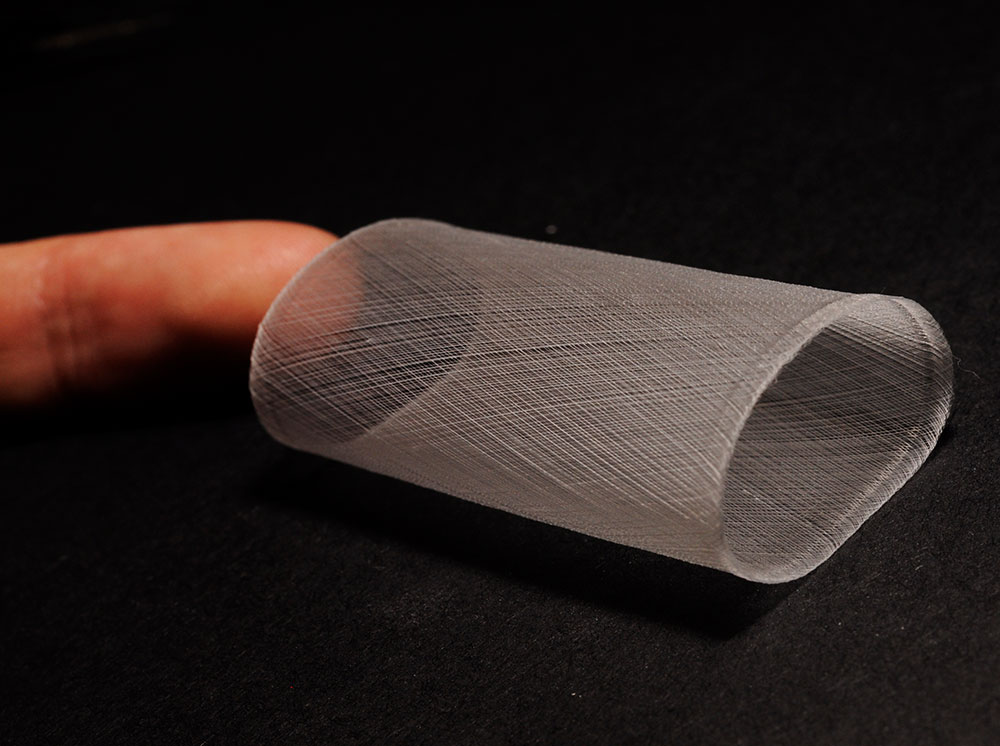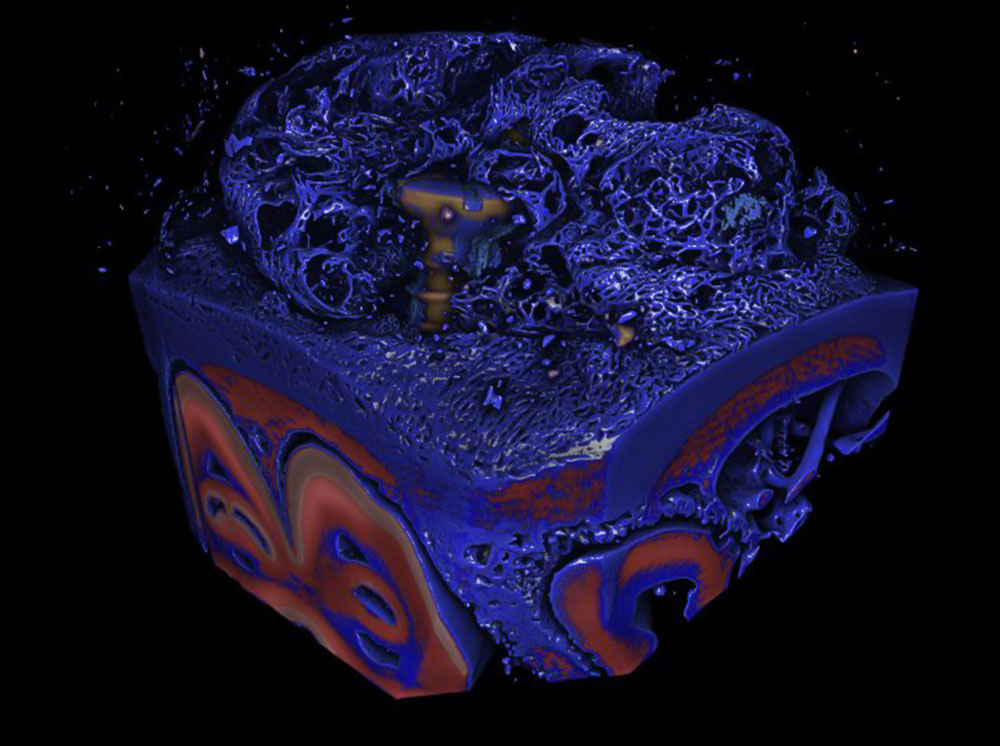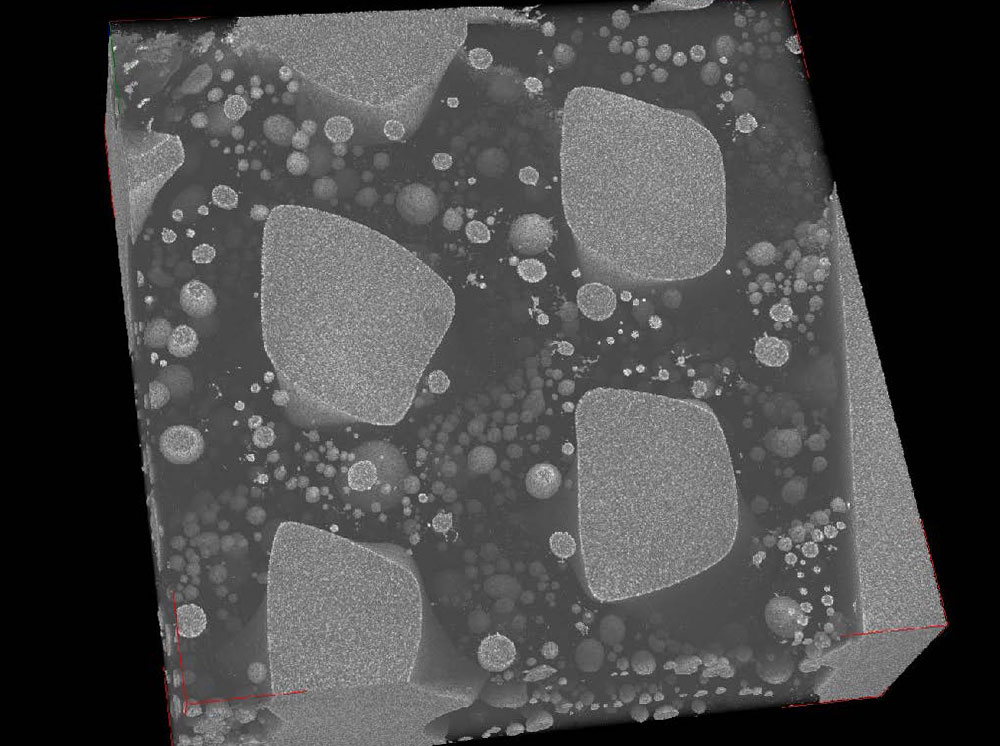Research Summary
The recent rapid emergence of Additive Manufacturing (AM) has enabled many new modalities of manufacturing from custom components to in situ manufacturing. Yet many research challenges remain in translating the early promise of AM to success in manufacturing functional components and systems. This is particularly important for additive biomanufacturing, where multiple material types are desired and strict processing needs must be met. Hence, the primary focus of this research program is to go beyond established single material printing processes and applications that exhibit conventional levels of functionality, toward the challenges of developing the next generation of multi-material and multifunctional bioprinters. This innovative research program moves towards the realisation of multi-material additive biomanufacturing and the scaling up of the manufacturing processes.
Subprograms
Multi-material melt electrospinning printers
Traditional extrusion fibre diameter is limited to a minimum of ~0.1 mm, which for many applications is not sufficient. Electrospinning is a process by which a polymer melt or solution is drawn by an electrical potential allowing for a further reduction of this minimum diameter to 0.01 mm, which is approaching the dimensions of the extracellular matrix in living systems. Our centre breaks new ground in the fundamental and applied research of melt electrospinning printing technology that combines the benefits of traditional 3D printing and electrospinning. This technique enables computer-controlled fabrication of products at a very fine scale, which can precisely be tailored to the desired application.
Metal-polymer-ceramic composite printing to improve osseointegration
The project partners have successfully developed custom 3D-printed titanium alloy implants to replace bone. However, the ingrowth of bone into these implants can be improved and novel ways of enhancing this process could improve patient outcomes and the clinically routine uptake of the patient-specific implant concept. This project aims to develop 3D printing processes capable of including polymer/hydroxyapatite particles into the titanium-based implant architecture.
Additive Biomanufacturing technologies for small implantable multi-material parts
Cochlear implants contain several medical grade materials including platinum, titanium, silicone, and ceramics and are difficult to manufacture. The implants contain small platinum parts less than 0.01 mm in length) with small feature sizes (20 µm). ABM may be able to both enhance the performance and reduce the cost of manufacturing. This project will advance the 3D printing technologies to enable the production of multi-material parts suitable for cochlear implants. Further, the ability of using ABM to reduce cost and increase functionality of components will be investigated.
Team
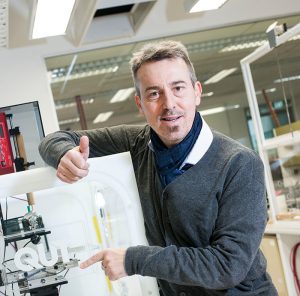
Prof. Dietmar W. Hutmacher
Queensland University of Technology

Prof Ian Gibson
Deakin University
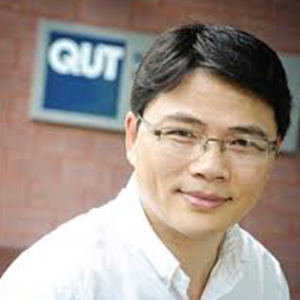
Prof Yin Xiao
Queensland University of Technology

Prof Prasad Yarlagadda
Queensland University of Technology

A/Prof Maria Woodruff
Queensland University of Technology

